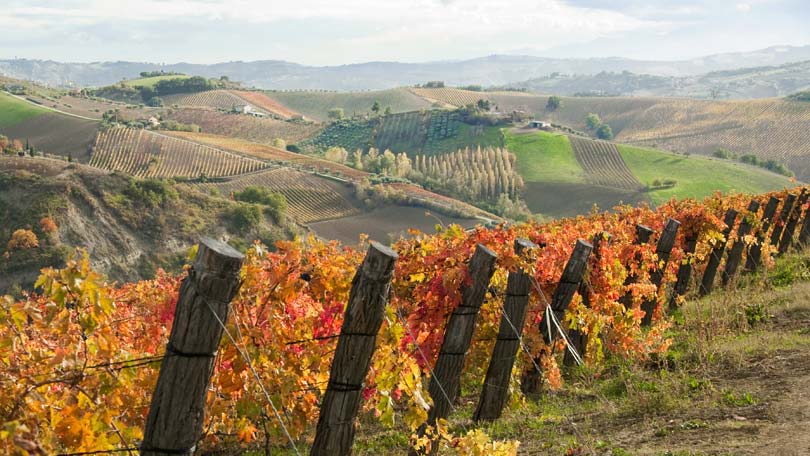
When most people think of ancient monuments, they think of Stonehenge or the Pyramids. Both date to around 4,000 years ago, and both are strong testaments to humankind’s ability to build things that stand the test of time. Rarely, when we think of such monuments, do we think of something more commonplace—like wine.
However, wine is older than the Pyramids—older than almost all of the stone monuments in existence. Today, there are thousands of different types of wines, and creative vintners are always looking for ways to make this ancient beverage new. It’s a living monument that changes with the times, but has roots that go back to the beginning of civilization.
The oldest evidence of wine production can be found in ceramic jars at the remains of a Neolithic village in present-day Georgia, dating to around 6,000 BC. Other evidence for winemaking at this time comes from present-day Iran in 5,000-5,400 BC. Because the samples are so old, the data is not 100% reliable—the residue found at the bottom of pottery jars in these areas looks like the type left by wine, but it could be other organic compounds. If these results are accurate, then winemaking could have originated in present-day Georgia and then spread south.
However, scientists believe that whatever winemaking took place in these ancient times, vintners were probably using wild grapes. Real cultivation didn’t take place until much later. Archaeological evidence for the earliest domestication of grapes points to a time of around 3,200 BC in the Near East.
Wine cultivation spread to Ancient Egypt around 3,000 BC, where it played an important ceremonial role. Egyptian tombs carry pictures of winemaking scenes, and five Egyptian wine varieties were included in the list of foods available to the dead in the afterlife. Most Egyptian wine from these times was red, but some evidence of white wine has been found as well.
Nobody is sure when wine first arrived to ancient Greece. However, it was known to the Minoans, Greek ancestors who lived around 2,700 BC, and it was clearly part of Greek culture from the earliest times. There was even a specific God of wine and revelry, Dionysus, who was an important part of the ancient Greek pantheon. In Greece, wine was mixed with other ingredients; it was considered uncivilized to drink it straight. Because the same grape varieties used in today’s Greek wines have been growing in Greece—and nowhere else—for centuries, modern Greek wine is believed to be very similar to its ancient counterpart.
It was ancient Rome, however, that turned winemaking into a science. Wine was a big part of the Roman diet in all classes, and as the Roman empire grew, various provinces began competing with each other and with Rome itself in producing the best quality wines. It was during this time that revolutionary grape-growing and harvesting technologies were developed, bottles and barrels were used for the first time for storage and shipping, and an appellation system was first developed to track the geographical areas grapes for a certain wine were grown in. Most of Europe’s most famous winemaking regions were established by the Romans.
A bottle of Roman wine, discovered in a sarcophagus in Germany, was found in the late 1800’s with the contents preserved. The bottle dates from around 327 AD, and the wine is topped with a viscous liquid believed to be olive oil. Adding olive oil was a common way of preserving wine at the time; the oil floated to the top of the bottle and kept the wine from evaporating. Apparently it was more effective than a cork plug; it kept the contents of this bottle intact for almost 2,000 years.
In medieval Europe, wine was a drink of the royalty, the nobility, the priesthood, and the merchants—the peasant classes mainly drank ale. It was a big part of Catholic ceremony, and monasteries throughout Europe became the main wine producers and exporters—particularly the Benedictines in France and Germany. White and red were both prevalent in medieval society. Wine was usually drunk while young, flavored with spices or honey, and watered down.
Originally, grapes were brought to the Americas by Spanish explorers to provide wine for Catholic ceremony. For centuries, American wine was considered second-rate in comparison to European varieties. This changed in 1976 during a now-infamous Paris wine-tasting, when American wines beat out Parisian and other European wines in a surprise upset. Today, the most prolific American wine producing areas are in California, Chile, and Argentina, and their wines are well-regarded.
Today, wine is a lucrative industry throughout the world. Wine grapes are grown on all continents except Antarctica, and wine is enjoyed in every country. It is truly a culinary tradition that has stood the test of time.
